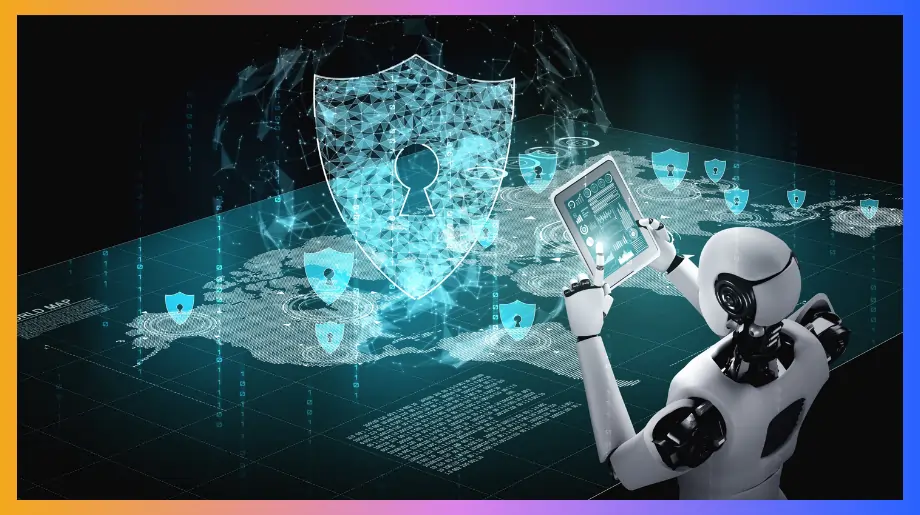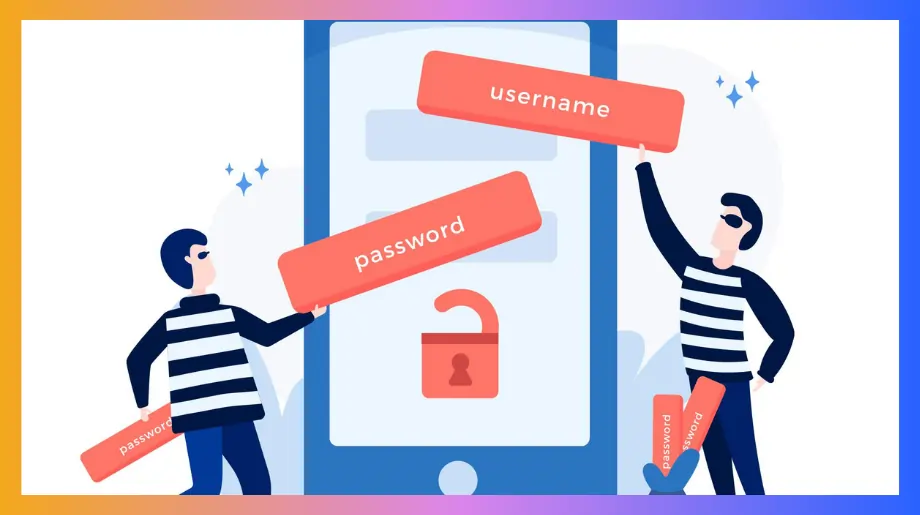On an Episode of Equity dated September 10, 2025, Ami Luttwak of Wiz described a new situation. Luttwak is the chief technologist at the cybersecurity firm. He said AI is not just a tool for new ideas. It is also a weapon actively changing cybercrime.
Ami Luttwak explained that companies are rushing to connect AI to their work. And how, in doing so, they create a growing area for new kinds of attacks.
The recent security breach at Salesloft Drift is a clear example. Drift is a company that sells AI chatbots. Attackers broke into the service and stole digital keys called tokens. These tokens let them pretend to be the chatbot.
This access let them see the Salesforce data of many large customers. These customers included Cloudflare, Palo Alto Networks, and Google. Luttwak states this is only the start. Wiz sees attacks using AI that affect thousands of businesses each week.
What This New Threat Means for Businesses
The Drift incident is a look at what is coming in cyber warfare. Luttwak says developers are creating code with AI very quickly. This speed often results in shortcuts and important mistakes. Wiz’s own tests showed that applications built with Vibe coding have security problems.
Vibe coding is the use of AI to generate code fast. These applications often have insecure ways of handling user authentication. Luttwak warned that vibe coding agents follow instructions exactly. If a developer does not tell the agent to build something securely, it will not be secure.
This situation creates a dangerous choice between speed and security. Attackers are also using these same AI tools to speed up their work. They use prompts to create attack code. They can command a company's own AI agents to perform harmful actions. For example, they can tell an agent to send all secret information or delete files and machines. This shows a large security weakness. A company's own tools for work can be used to harm it.
Who are the AI-Powered Attackers?
The modern cybercriminal is changing quickly. They do more than just find weaknesses in code. They now manipulate the AI tools that write the code.
Luttwak points out an increase in supply chain attacks. In these attacks, hackers break into one-third-party AI service. They then use that access to get further into the systems of that service’s customers.
Attack Methods of Modern Hackers:
- Using AI Development Against Itself: Attackers create malware to find and take control of AI developer tools such as Claude and Gemini. A recent attack named s1ingularity shows this method. The hackers used the controlled tools to automatically search systems. They looked for important data like developer tokens and keys.
- Attacks Created by AI: Criminals often use vibe coding to create their attack code. This lets them develop and use their attacks faster than before. Luttwak confirmed that AI was part of every stage in recent attacks.
This change with AI is happening faster than any past technology change. This means the whole security industry must adjust very quickly.
How to Survive in the Age of AI Cybercrime
Both attackers and defenders are now using AI. Because of this, Luttwak insists that old security methods are no longer useful.
He argues that new companies need to make security a top priority. This is especially true for startups that are building AI tools. For them, security must be the starting point, not a later consideration.
Luttwak described a new set of security rules for any company that handles business data:
- Appoint a CISO Immediately: A company needs a Chief Information Security Officer, even with only five employees. Luttwak stated that companies must think about security and compliance from the first day.
- Plan Security Before Building a Product: Startups should plan for business-level security items before writing any code. These items include audit logs and single sign-on. This helps avoid future security problems that are hard to correct. Luttwak said his own company, Wiz, met SOC2 compliance standards before it had a product.
- Design for Data Privacy: AI startups must design their systems to keep customer data inside the customer's own location when possible.
To protect against this new situation, products like Infisign address the main problem. They replace weak login details with passwordless authentication that resists phishing. Businesses can also add a layer of Privileged Access Management, or PAM. Infisign makes sure attackers are blocked from important company systems and data, even if an AI tool is breached. Want to see how? Book a free demo!






















